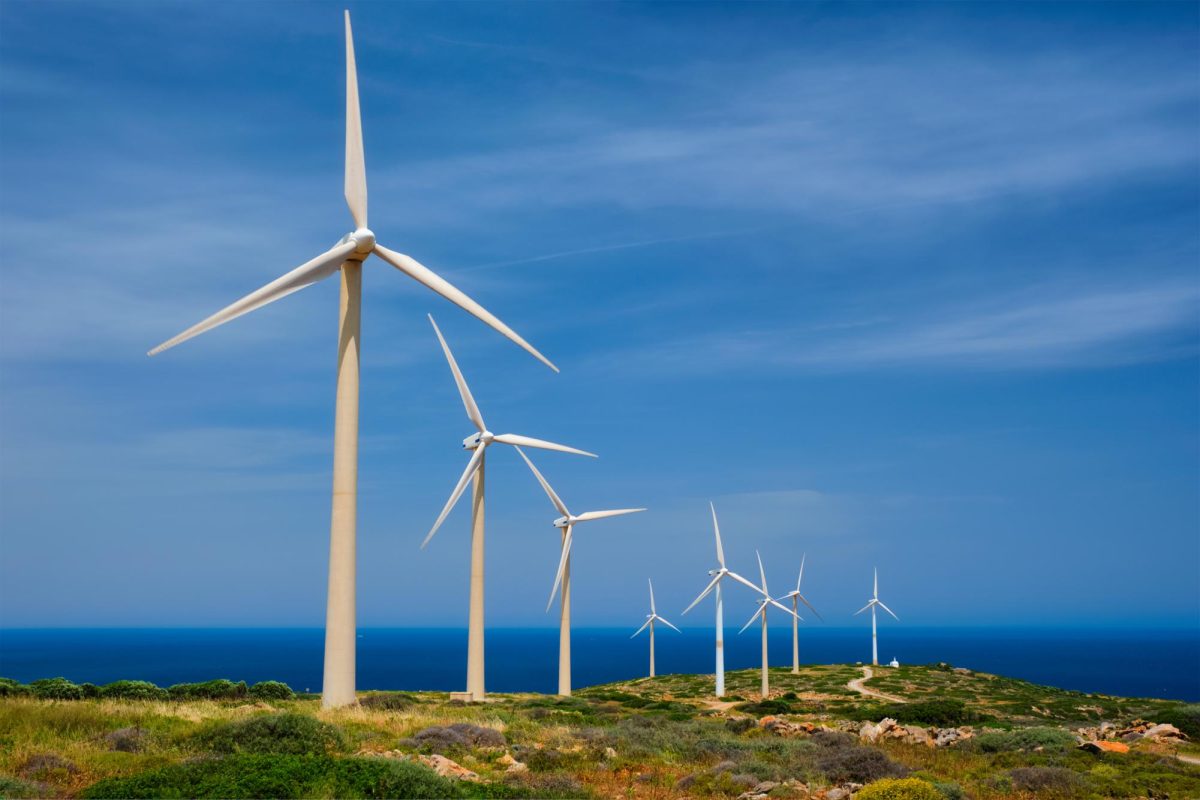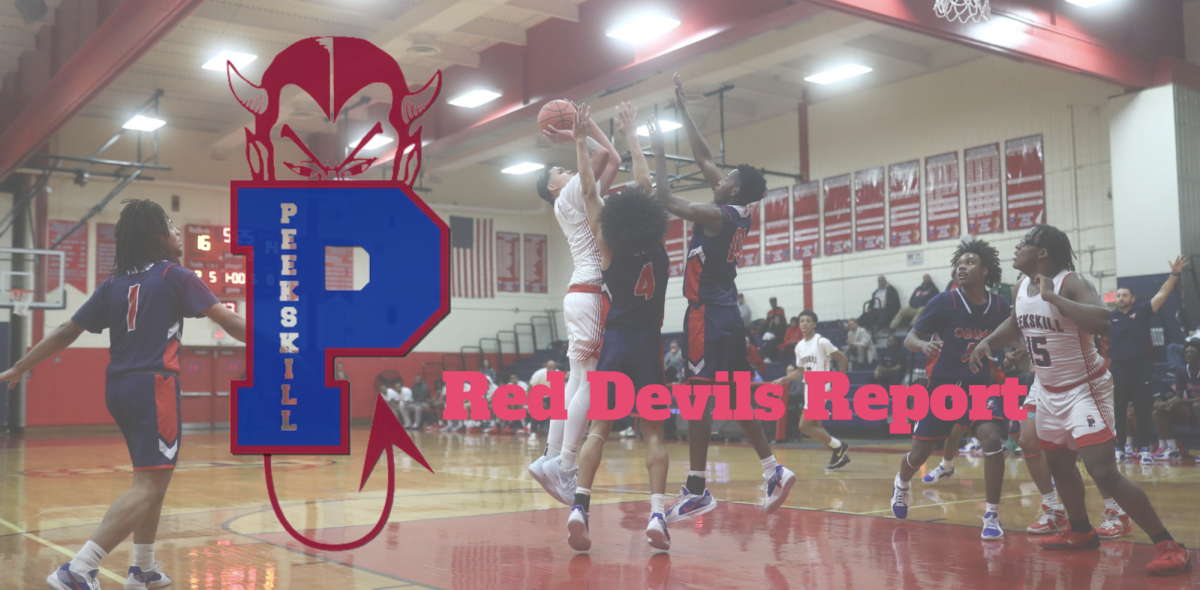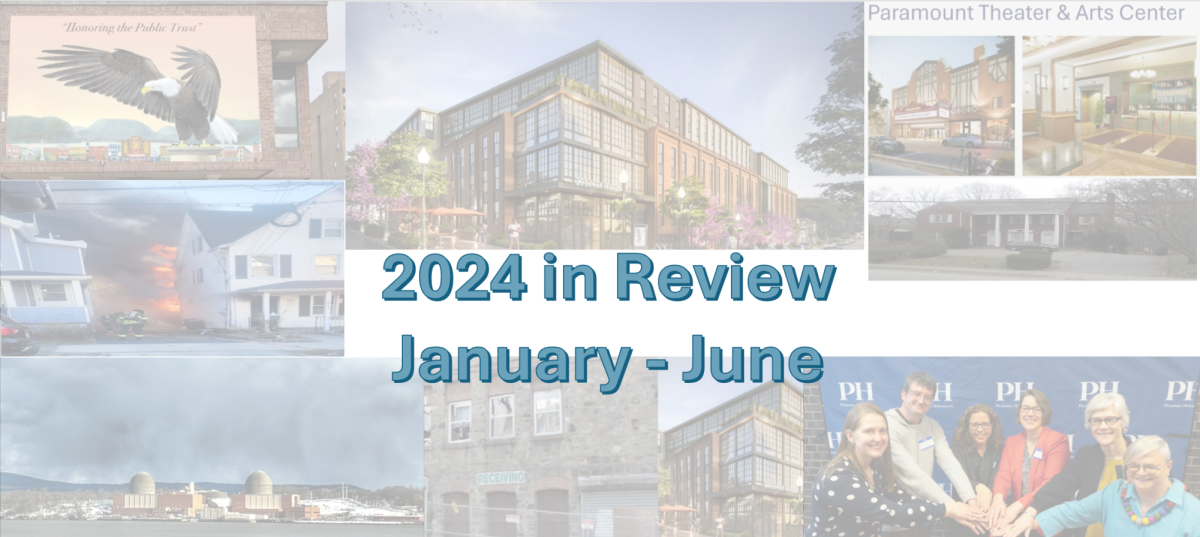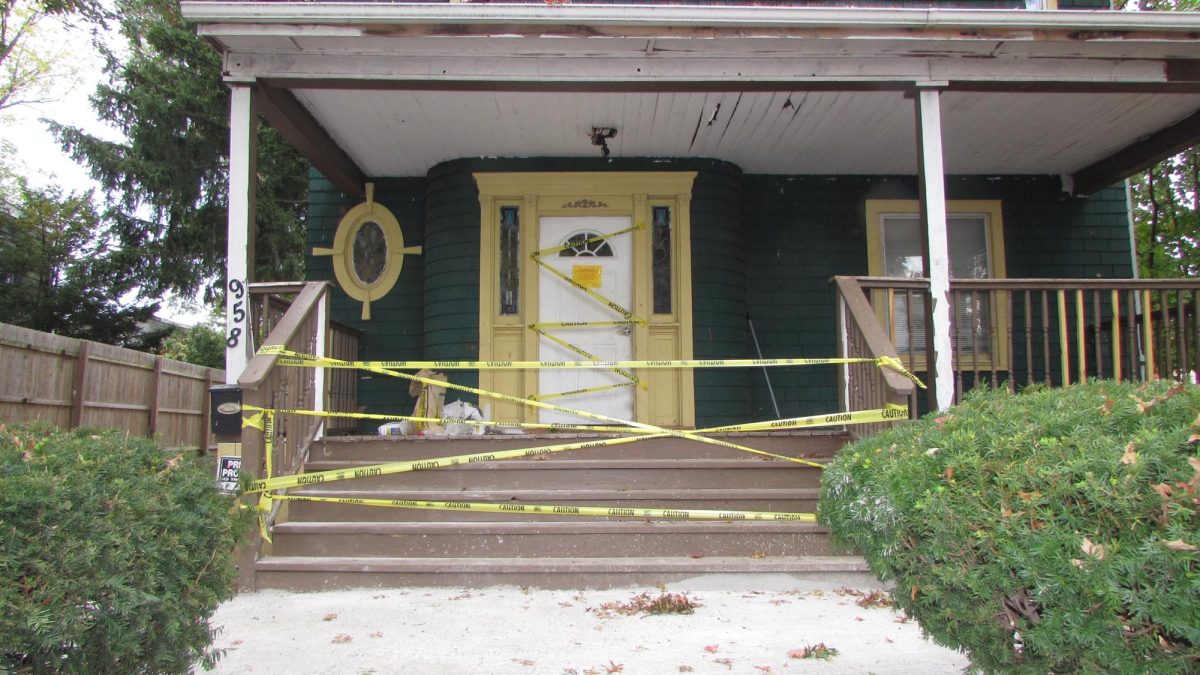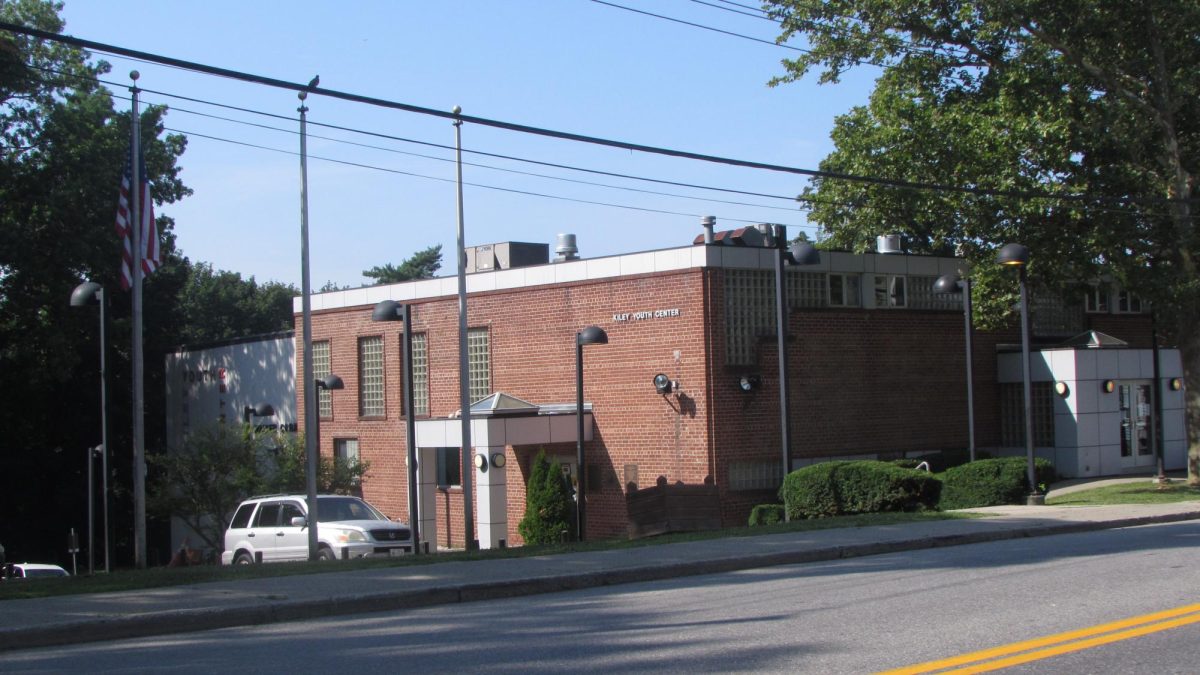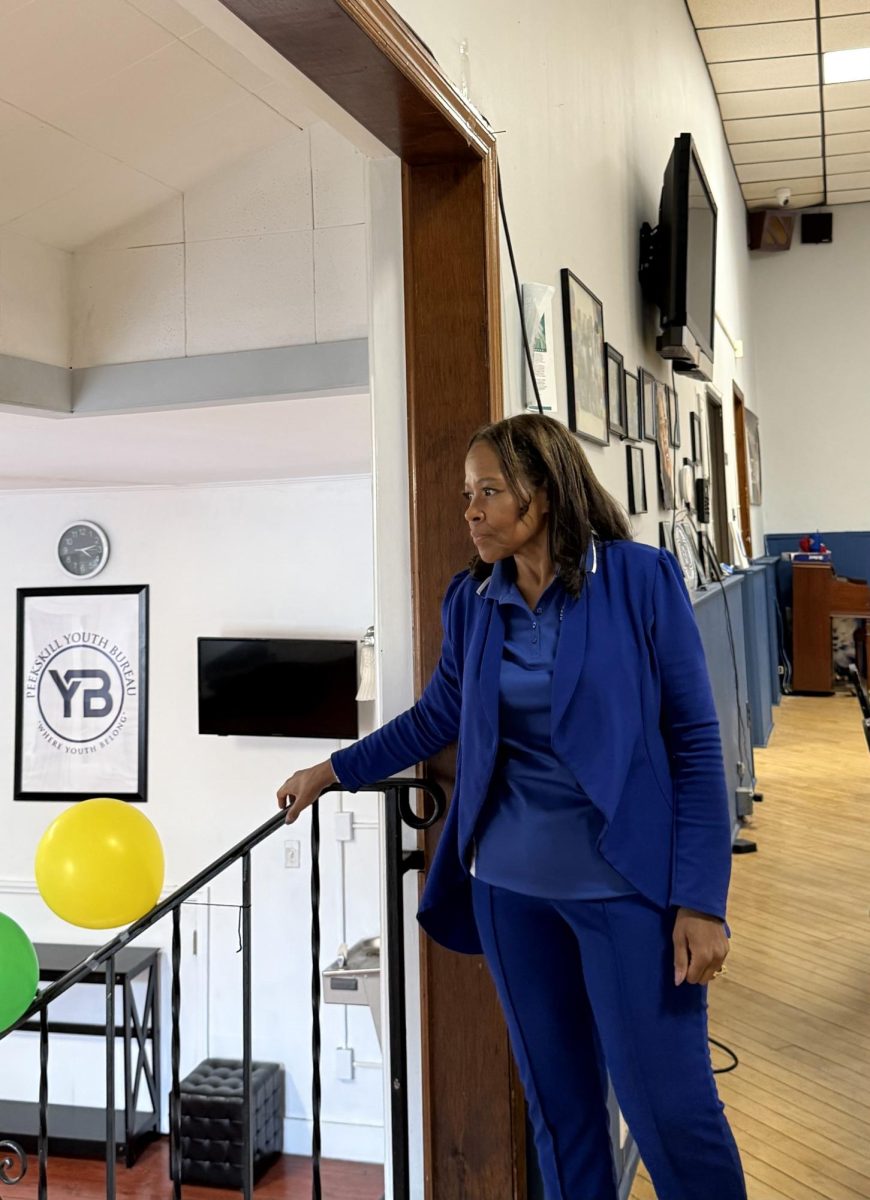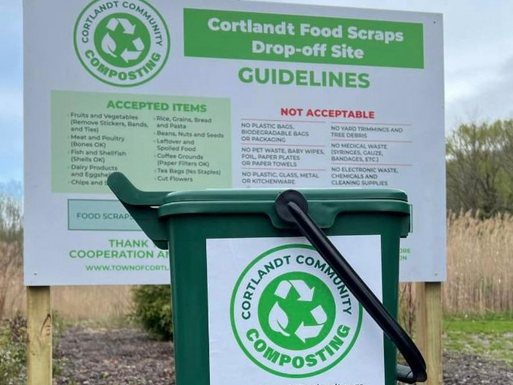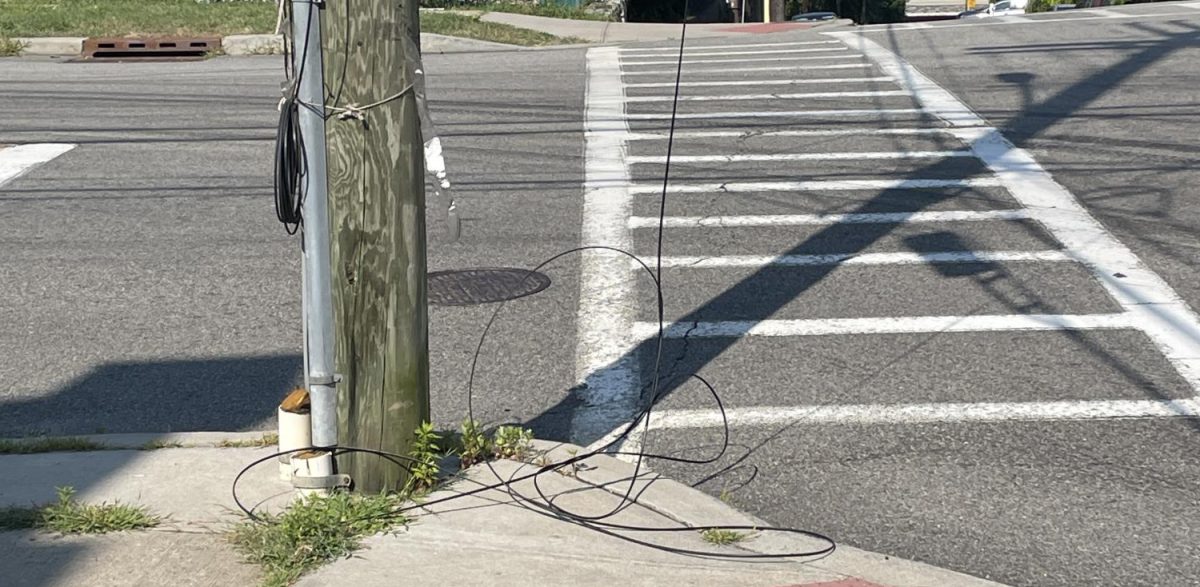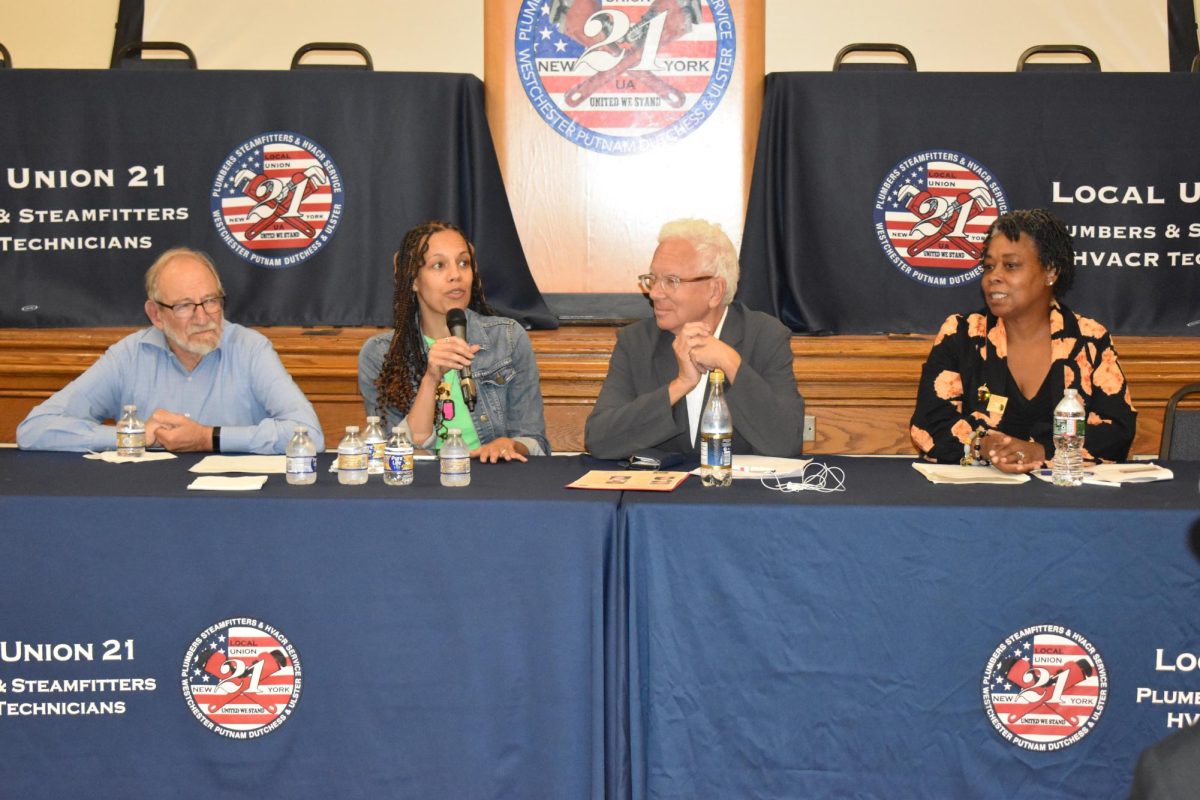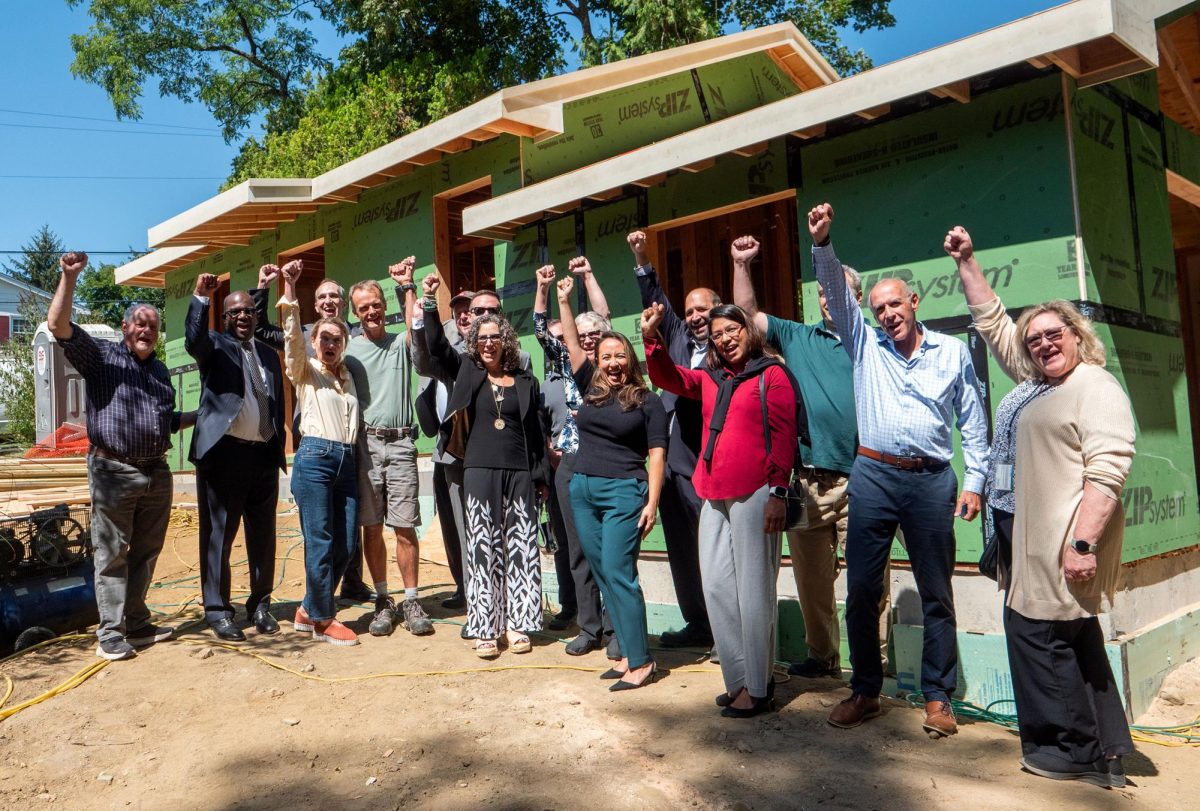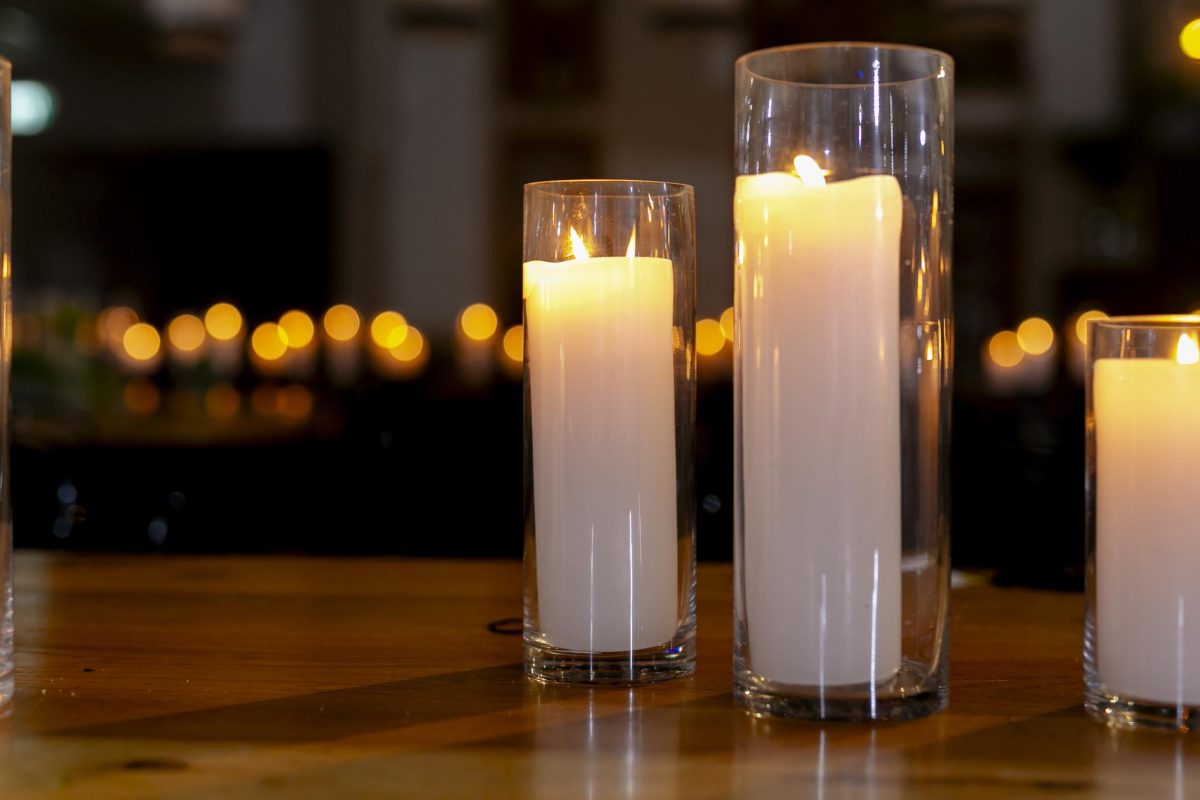At last week’s Common Council meeting, the council heard a presentation on Westchester Power (WP), a program that pools consumer demand across Westchester County to negotiate a fixed, competitive price for electricity. The city opted into the program in 2019.
Two years ago, the Herald reported on the savings Peekskill households reaped as a result of Westchester Power supplying their electricity. The guarantee of a monthly fixed electric rate from entirely renewable energy suppliers (e.g. hydropower), seemed like a no brainer to many. In January 2022, a household consuming 500 kilowatt (kWh) hours, which is typical for the county, saved close to $50 with the Westchester Power program compared to ConEd.
However, in the last year, Westchester Power has become a topic of debate among residents, with electricity rates coming in higher than what residents would have paid with Con Edison. For example, in March of this year, a household with typical county electrical usage would have paid about $35 more with Westchester Power than with ConEd.

At the May 20 meeting, Sustainable Westchester (the nonprofit that runs Westchester Power) representatives appeared before the Common Council to discuss the city’s participation in the program, as the company prepares to go out to bid for an energy supplier for the next two years.
Council members were led through a detailed presentation by Noam Bramson, Executive Director of Sustainable Westchester. In his presentation, Bramson provided an overview of the program and discussed new contract opportunities while shedding light on the unexpected difficulties of the 2022-2024 contract cycle.
Westchester Power Overview
Westchester Power differs from a typical electricity utility like Con Edison in three ways.
First, it pools consumer demand across the county to “buy in bulk” – sort of like Costco, but for electricity. (The formal term is Community Choice Aggregation, or CCA). According to the program’s website, by pooling demand and buying in bulk, CCA’s create bargaining power in the market, allowing Westchester Power to negotiate lower electricity rates. Currently, 29 of the 48 Westchester municipalities participate in the program, resulting in 145,000 accounts.
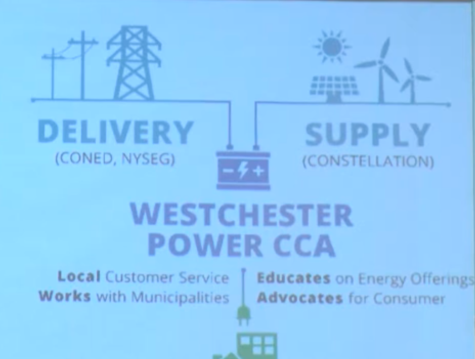
Second, Westchester Power is a fixed-rate program. The program bargains with an energy supplier to get a fixed rate for the contract term (typically 2 years). Con Edison buys energy from different suppliers, so electricity rates are variable – they can go down, but they can also go up. Westchester Power is like a fixed-rate mortgage: you know exactly what your bill will be every month.
Finally, Westchester Power provides households with a 100 percent renewable energy option. Typically, the “green” option has been hydropower; now solar and wind power options will be available in the next contract cycle. Con Edison, which distributes the electricity, buys electricity from the cheapest suppliers, which usually burn fossil fuels. Con Edison does allow households to choose renewable energy service companies (ESCOs), which do offer fixed-term contracts like Westchester Power. However, according to Bramson, ESCOs often charge penalties or fees associated if households terminate the contract early and change energy suppliers. Households enrolled with Westchester Power may enter or exit the program at any time, without any penalty or fee.
“People can come and go from the program as often as they’d like, so if they’re price sensitive they can compare on a rolling basis and decide who they want their supplier to be,” explained Bramson.
Due to the structure of the Westchester Power program, a household wishing to revert to the utility (Con Edison) would need to opt out.
Unique Challenges in the 2022-2024 Contract
Bramson then addressed, as he put it, “the “elephant in the room”: the challenges of the current contract, more specifically the rates compared to Con Edison.
For the period of November 2022 to October 2024 (24 months), the rates for residential and small commercial accounts through Westchester Power are 15.449 ¢/kWh for 100 percent renewable energy and 13.685 ¢/kWh for standard (fossil fuel based) supply. The energy supplier for the 2022 – 2024 contract cycle is Constellation New Energy.
Con Edison’s 12 month trailing average for the period of April 2023 to March 2024 was 9.378 ¢/kWh.
Bramson explained that the contract with Constellation New Energy was secured at a time of great volatility and uncertainty in the energy market. Prices were forecasted to increase, after the Russian invasion of Ukraine. The World Bank had predicted a 50 percent increase in energy prices in 2022.
While energy prices did rise by 10 percent in 2022, they dropped, contrary to predictions, in 2023. As a result, the fixed rate that was established in 2022 for Westchester Power was higher than the utility rate. Note that for the country as a whole, electricity bills went up by 6 percent in 2023.

And, households with Con Edison will certainly face higher electricity bills in 2024 and 2025. New York Focus, a non-profit state news organization, explained the reason in an article last year. “In July 2023, a state body called the Public Service Commission approved major rate hikes for Con Edison customers over the next three years, starting with a roughly 9 percent electric bill increase for the rest of 2023. The average residential customer getting both gas and electricity from ConEd can expect to pay about $65 more per month by early 2025.”
While acknowledging the recent contract challenges, Bramson also reassured the council that there is no reason to expect the unique circumstances of the previous contract will impact the next contract.“I think it’s important to recognize that what happened is more of an outlier than a consistent experience of the program.” Bramson showed a graph of the long term pricing of Westchester Power. The graph showed that the program has over performed and under performed in roughly equal measures since the program’s inception in 2016. “Pricing has been extremely competitive,” noted Bramson.
New opportunities
“2024 will be different,” said Bramson.
Until now, Westchester Power customers had two choices: electricity from fossil fuels (Option 1) or electricity from new renewable energy sources (Option 2), the latter mostly purchased from legacy hydropower facilities.
Westchester Power is aiming for even greener options in the upcoming contract cycle. The updated Option 1 will now have a green component: a fifty-fifty mix of fossil fuels and hydropower. The updated Option 2 will be “greener”, a fifty-fifty mix of hydropower and wind/solar. (Wind and solar options have recently become available to Westchester Power, and are considered greener due to the greater public benefit associated with them.)
Bramson said that the updated Option 2 would be “the greenest offering we’ve ever been able to provide in the nearly decade-long history of the program”.
Council comments and future action
Councilman Brian Fassett felt that city residents lack an awareness regarding the program. (Note that Sustainable Westchester held an informational program in Peekskill in 2019, before the council opted into Westchester Power. And, Peekskill households have regularly received informational flyers from Sustainable Westchester).
Fassett also criticized the opt-out model saying it doesn’t feel “transparent” to a lot of business owners and property owners. Although in favor of greening the earth, Fassett suggested the council consider the financial burden of renewable energy.
Addressing the opt-out concerns, Bramson stated, “It’s critical to recognize that this program cannot exist on an opt-in basis. The entire structure depends on an opt-out model because in order to go into the market to entertain an energy supplier, we have to be able to come forth with a predictable base of demand and that’s not possible if you’re requiring people to opt in.” He added that the council should keep in mind that the city can choose between different contracts and households can always opt out without penalty.
“When we think about the nature of this challenge, we’re not going to get at it in a meaningful way by achieving an uptake of clean energy in the tens or twenties or fifties or hundreds. It’s going to be by transitioning to clean energy by the thousands and tens of thousands and the hundreds of thousands,” Bramson asserted.
In regard to the price difference, Bramson stated that the last contract was an anomaly, adding that there have been prior contracts in which people enrolled achieved savings rather than extra costs. According to data provided by Sustainable Westchester, households enrolled with Westchester Power’s standard contract (fossil fuel mix) experienced an annual savings of about $30-120 between 2016 and 2022.
Bramson predicts the new contract price will be 15-20% lower than the last contract. The updated Option 1 (fossil fuel-renewable blend) would be around 11.5 c/kWh, and the updated Option 2 (hydro-wind/solar blend) would be a little over 13c/kWh, both of which are less then the current rate, according to Bramson.
To ensure transparency, Bramson stated that Westchester Power is prepared to work with the city to find ways to better inform residents.
The council will need to sign a memorandum of understanding by early June to formalize the city’s participation in the program. Following this, the city would need to sign a contract with Westchester Power after the nonprofit goes out to bid and awards an energy supplier.
Sustainable Westchester anticipates issuing a request for proposals to energy suppliers by the end of May. They predict awarding a bid in mid-June.
Peekskill’s power
Bramson noted that New York State is the tenth largest economy in the world, so what New Yorkers choose has a global impact.
The goal of Westchester Power is to address the large-scale issue of climate change through collective action on a local level. In his presentation, Bramson emphasized the importance of the program to the council. “I think when it comes to issues of climate, there’s a certain numbness that has set in for many of us and that’s really a luxury that we cannot afford. Because although climate change may at one point have seemed like a distant abstraction, that is most certainly not the case now. It is here – in the present day.”
“It’s not just flooding. We all remember last summer, that surreal experience of those orange skies that resulted from the wildfires in Quebec. That is a taste of things to come.” Bramson noted that the impact of climate change has only been getting worse, recalling the extreme heat of last summer. A recent study published in Nature found that the summer of 2023 was the Northern Hemisphere’s hottest in 2,000 years.
How to opt out
Residents who wish to opt-out of Westchester Power can do so online, here. Residents can also email [email protected] or call (914) 242-4725, ext. 111.
After Westchester Power selects an energy supplier, residents will receive a letter in their mail with information about the program, rates with comparisons to the utility, and a form that can be mailed back to opt out. If you mail back prior to the city wide enrollment on November 1st, no further action will be necessary and Westchester Power will no longer be your default provider. Households may decide to opt out (or back in) at any time during the two-year contract period, November 1, 2024 to October 31, 2026.
Peekskill residents who are assisted by the federal Home Energy Assistance Program (HEAP) are not eligible for Westchester Power.


